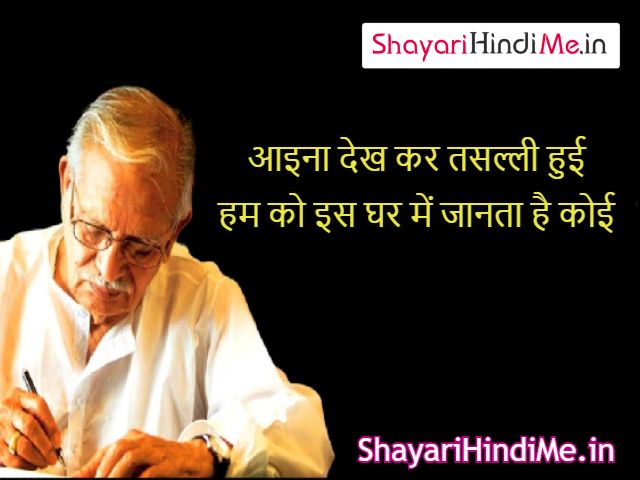It’s not said for nothing, “What Bengal thinks today, India thinks tomorrow.” This is the intelligentsia of Bengal – West Bengal.

One of my favourite States happens to be West Bengal, owing to its rich cultural heritage. The culture of West Bengal is considered to be one of the richest cultures in India. Over the years, the culture of West Bengal has emerged as the perfect blend of modernity and traditions. The mention of Bengal brings forth some great names of Swami Vivekanand, Netaji Subhash Chandra Bose, Ravindra Nath Tagore, Bamkin Chandra Chatterji, Sarat Chandra, Mahashweta Devi, Satyajit Ray, Amartya Sen…
The film industry’s musical gems have enthralled the audience with their most melodious renditions in India Cinema like Hemant Kumar, Manna De, Salil Chaudhary, S.D.Burman, R.D.Burman and Geeta Dutt.
The silver screen has always seen a bevy of beauties like Suchitra Sen, Aparna Sen, Moushumi Chatterjee, Sharmila Tagore, Rani Mukherjee, Kajol and many more.






So, when The Sari Club decided the theme of this month – The State of India. It couldn’t have been any state other than West Bengal. My love for everything Bengali dates back to my school days when I was enamoured by my English teacher Mrs. Mukherjee for her accent and her Bengali Sarees. When I was asked in school which language song, I would like to learn? Without blinking my eyelid, I replied – Bengali as I loved the language. As years passed, I joined the job, once again, I found myself surrounded by Bengalis once again. Sample this: I was mad to amidst two Bong ladies – Anita Acharya and Mamta Bhattacharya, Boss was A.K. Mitra, Top boss was Mr Basu and many more colleagues whom I can’t recollect. Now, I was amidst the thick of Bong action – Food, cuisine, festivals, sarees, language, celebrations, Rabindra Sangeet, Movies…I became a baptised Bengali. So much so, they started bringing Bengali rishte for me.





What to say of its beautiful sarees like Tangail, Jamdani, Bishnupuris and Balucharis which are the pride of every woman’s wardrobe. Exquisitely woven, striking colours on fine cottons and smooth silks are make these truly special. Bengal Handloom is famous for its unique weaves and colour combinations. Indeed, Bengal is popular for its repository of unique textiles, fine fabrics and elegant clothes designed artistically. Nothing represents their style and fashion better than Classic Bengali Sarees matching perfectly with fashion jewellery, matching accessories and amazing hairstyles.
When compared to other types of sarees, Bengali sarees are beautiful, artistic whether it is Jamdani or Taant. Baluchari saree, for instance, is popular for stunning and elegant ‘pallus’, richly embellished with depictions and motifs of mythological figures. Most of the traditional saree designs are now adapted into artsy style sarees so popular among artists and literati.
They look cool, stylish, comfortable, and if draped in free-flowing style, they may look amazing. When you wear such a saree, there is no need to deck yourself up with heavy gold ornaments or accessories. Bengalis have popularized both traditional and modern trends of sarees worn along with apt accessories and jewellery.
Over the years, the culture of West Bengal has emerged as the perfect blend of modernity and traditions. The sanctity of Hooghly, the beauty of Eastern Himalayas, the diversity of Sunder bans and the freshness of the Tea Gardens, all blend together to constitute what we call the unique culture of West Bengal.
Kolkata happens to be one of my favorite cities – City of Joy.
The love affair continues since!




















